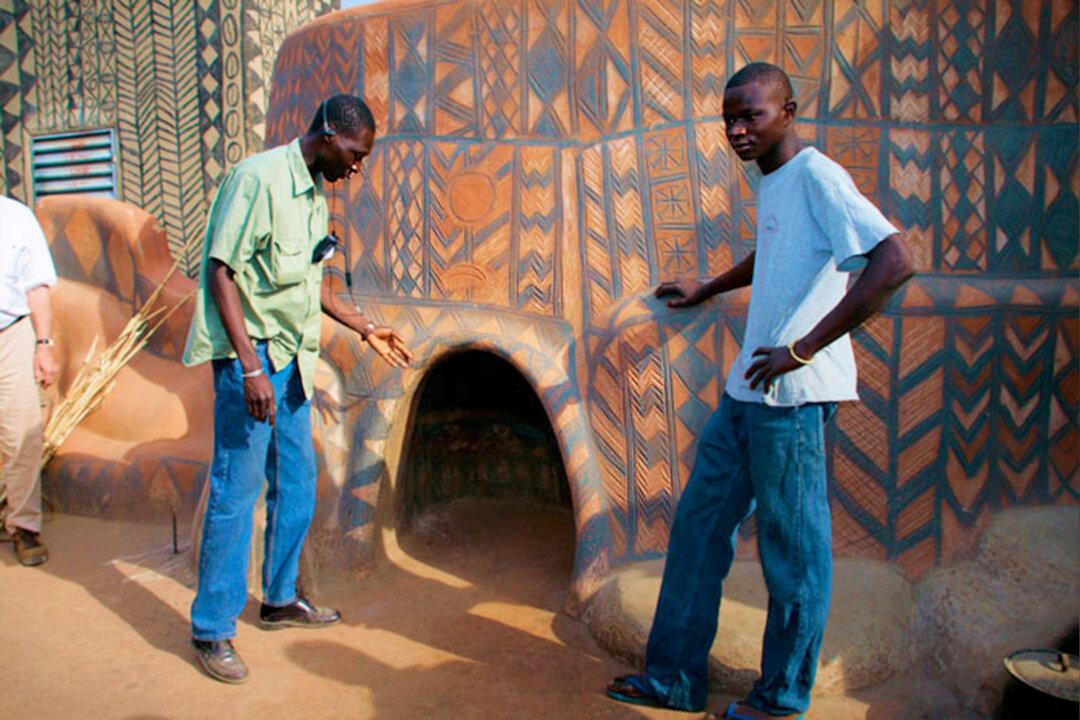Traveling blogger Olga Stavrakis and photographer Rita Willaert gained entry into an isolated West African village in Burkina Faso, where they documented an extraordinary people living in a habitat like no other.
The obscure village of Tiébélé is home to the Kassena people.






